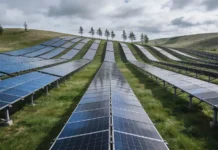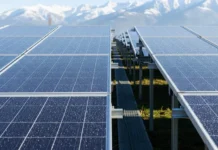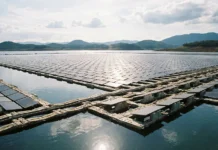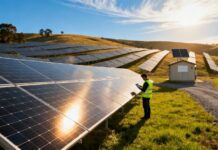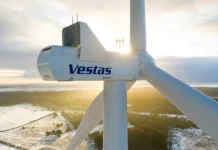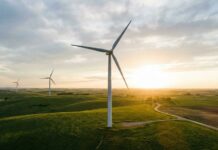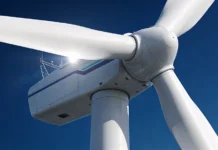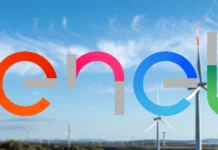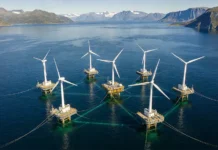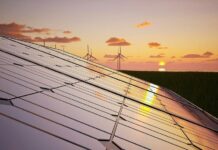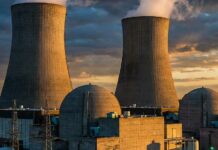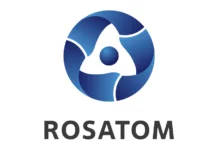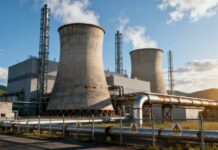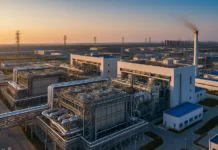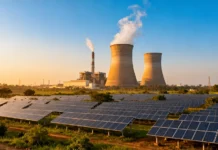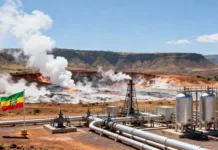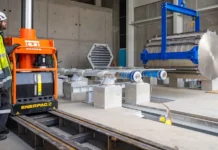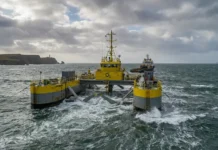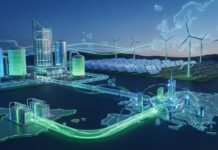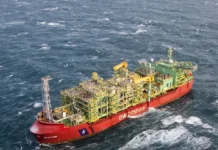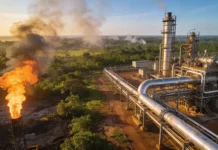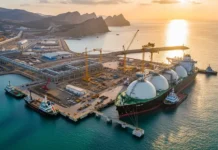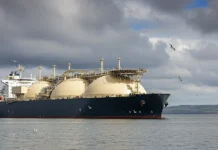Swanbank F will join the 385MW gas-fired Swanbank E and 480MW coal-fired Swanbank B plant at the complex, on a 61 hectare site owned by CS Energy.
Swanbank E was completed in November 2002, when it was Australia’s most efficient and advanced gas-fired power station. CS Energy is now completing technical and economic feasibility work for Swanbank F, and informing the local community of its plans. The high-efficiency combined-cycle gas-fired plant is planned for 2011-2012 opening. It is expected to produce between 400 and 500MW.
ReOrganic project waste-to-energy project
The two coal-fired stations, Swanbank A and B, were commissioned in 1966 and 1973 respectively. Swanbank A was decommissioned in July 2002 and has been demolished.
Swanbank B operated with four 120MW units. The second and fourth units were closed in 2010. The first unit was closed in May 2011.The third unit is scheduled for closure in July 2012. All the units will be stored after the closure.
“Swanbank B now also generates some energy by using piped landfill methane gas as part of the ReOrganic Energy Swanbank project.”
The boiler works at 1,400ÂşC and 13,100kPa with a steam temperature of 543ÂşC. It was supplied by Mitchell Engineering, with Siemens supplying the steam turbine. There is a 137m chimney, with flue gas at 120ÂşC.
Swanbank B provides peak or intermediate demand. Its units were refurbished in 1990s to extend their life up to 2011. They burn around 1 million tons of black coal a year. This is trucked and railed from mines in South-east Queensland, including Oakleigh, Jeebropilly and Acland.
Swanbank B also generates some energy by using piped landfill methane gas as part of the ReOrganic Energy Swanbank project, one of the largest waste-to-energy projects in Australia. The project brings together Landfill Management Services, Thiess Services, CS Energy and New Hope Energy.
The Australian Greenhouse Office, under the Renewable Energy Commercialisation Program, provided AUS$1m. The amount of gas produced is expected to increase until 2016, depending on the performance of the technology.
The Power Station receives its secondary fuel from two sources: landfill and a bio-cell. With traditional landfill management practices, full decomposition can take over fifty years. The bio-cell can halve this time and also increase gas volumes. ReOrganic Energy is a natural process, using bacteria that occur naturally in landfills. The process is anaerobic, and consumes organic matter to produce, among other things, methane and oxygen. Bacteria are added (via a leachate) to the bio-cell, which receives organic waste (garden, food and wood waste) and bio-solids (sewage sludge), to speed up the production of bio-gas.
Swanbank E gas-fired plant uses alstom turbine
Swanbank E is powered by an Alstom GT26 Gas Turbine. The turbine is directly connected to the generator, with the heat from the gas turbine exhaust producing steam which is fed into a steam turbine connected to the same generator. This combined cycle operation has less than half the Greenhouse Gas emissions of coal fired power stations.”Swanbank E is fuelled by natural gas as well as coal seam methane gas.”
Swanbank E is fuelled by natural gas as well as coal seam methane gas. The boiler was also made by Alstom. It works at 651ÂşC and 11,330kPa, with a steam temperature of 565ÂşC and generating efficiency of 55%. The chimney is 40m high, with a 100ÂşC flue gas temperature.
Up to 18PJ/year of coal seam methane is piped from fields in western Queensland. It comes from multiple suppliers, using the Roma to Brisbane pipeline. Like Swanbank B, Swanbank E connects to the grid across 275kV transmission lines.
High demand growth in Queensland
Forecasts indicate Queensland’s average electricity demand will grow by over 200MW a year over the next five years, and peak demand by over 400MW a year. CS Energy owns and operates three power stations in the state, controlling a widely dispersed power portfolio of almost 3,000MW. South-east Queensland is one of the fastest growing regions in the state.
The company participates in the national electricity market. It is the major electricity generator for the remote regional market in Queensland’s North West Minerals Province, and the largest natural gas user in Queensland. It employs more than 500 people across Queensland and was established on 1 July 1997 following the restructure of the Queensland electricity supply industry.
Â



